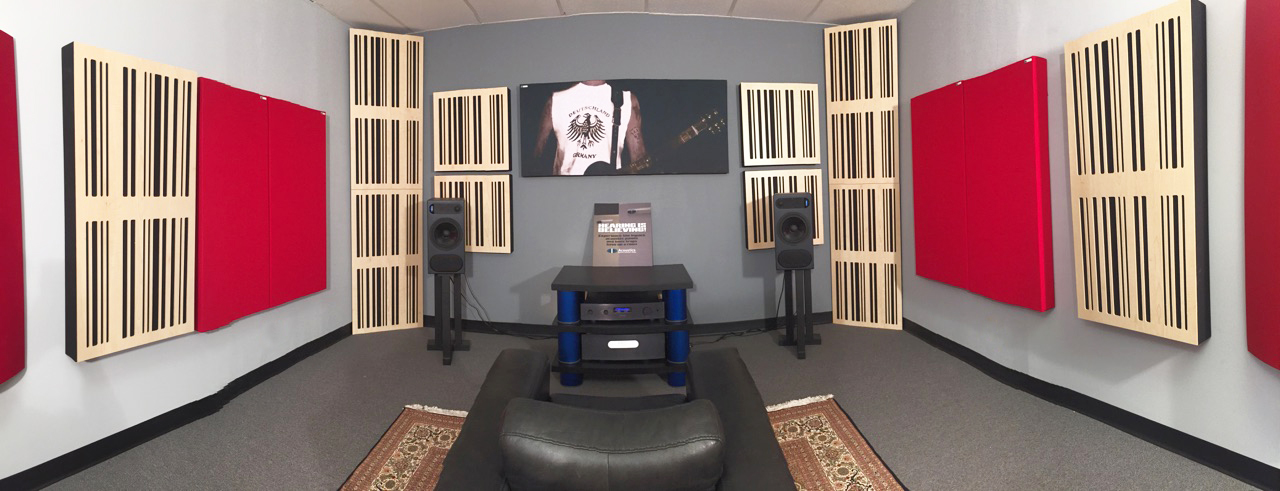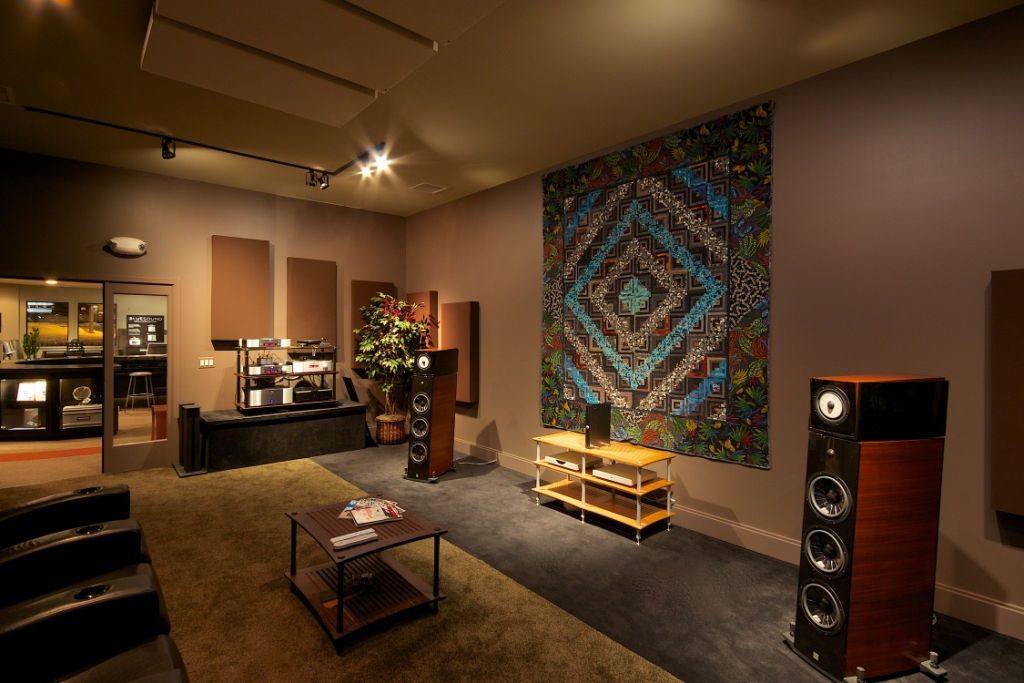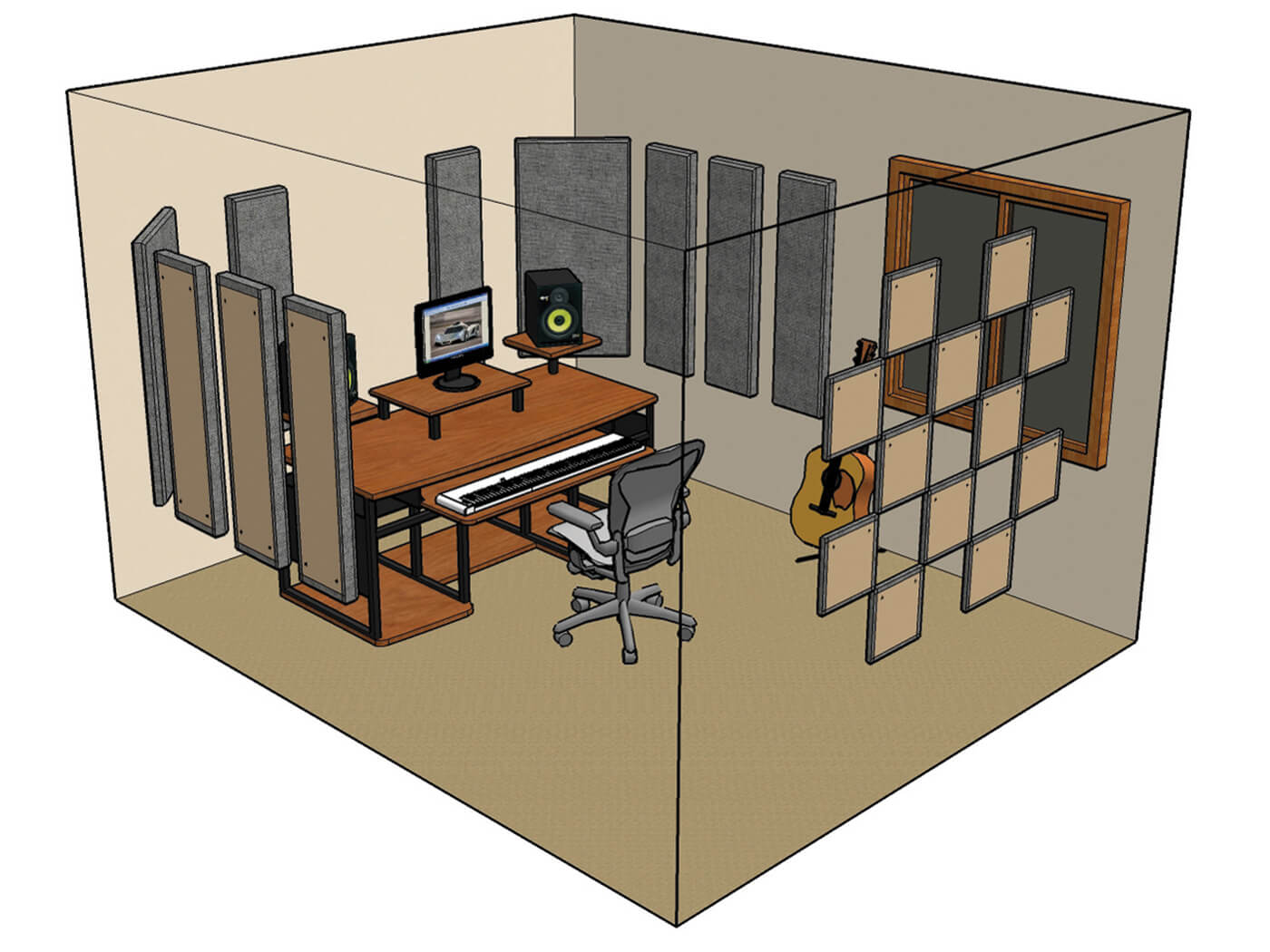If you're someone who loves watching movies or listening to music in your living room, you know the importance of good acoustics. However, hiring a professional to improve your living room's sound quality can be expensive. Luckily, there are plenty of DIY options that can help you create the perfect acoustic environment in your living room without breaking the bank. Here are some ideas to get you started.DIY Acoustic Panels for Your Living Room
Before diving into any DIY projects, it's important to understand the basics of acoustics. Sound waves bounce off hard surfaces, causing echoes and reverberations. To improve your living room's acoustics, you want to absorb and diffuse these sound waves. This can be achieved through the use of acoustic panels, diffusers, and other sound-absorbing materials.How to Improve Your Living Room Acoustics
If you live in an apartment or have close neighbors, you may also want to consider soundproofing your living room. This not only helps to reduce noise pollution but also improves the sound quality in your space. One budget-friendly way to soundproof your living room is by using soundproof curtains or blankets. These can easily be hung on walls or windows to absorb sound.Soundproofing Your Living Room on a Budget
Sound diffusers are specially designed to scatter sound waves, reducing echoes and creating a more balanced sound in your living room. While you can purchase diffusers, they can also be easily DIYed with some basic materials such as wood, foam, or even egg cartons. Simply arrange the materials in a pattern on a frame and hang on your walls for a budget-friendly sound diffuser.Easy DIY Sound Diffusers for Your Living Room
If you're a movie buff, you may have dreamed of having your own home theater. With DIY acoustics, you can turn your living room into a mini theater experience. Along with acoustic panels and diffusers, you may also want to consider investing in a soundbar or surround sound system to enhance the overall sound quality of your home theater.Creating a Home Theater with DIY Acoustics in Your Living Room
Sound quality can be greatly improved in your living room by strategically placing acoustic panels and diffusers. For example, placing panels on the walls behind your speakers can help to absorb any sound waves that would otherwise reflect back into the room. You can also experiment with different panel placements to find the perfect sound balance for your space.Maximizing Sound Quality in Your Living Room with DIY Acoustics
In addition to using acoustic panels and diffusers, there are other DIY tips you can use to improve the acoustics in your living room. For example, adding a rug or carpet to your living room floor can help to absorb sound and reduce echoes. You can also strategically place furniture or bookshelves to help break up sound waves and improve sound quality.DIY Tips for Better Acoustics in Your Living Room
If you have a larger budget and want to make a big impact on your living room's acoustics, consider building a DIY acoustic panel wall. This can be done by attaching acoustic panels to a wooden frame and hanging it on one of your living room walls. The larger the wall, the better the sound absorption will be.Building a DIY Acoustic Panel Wall in Your Living Room
Before and after any DIY projects, it's important to measure your living room's acoustics to see the improvements. You can use a sound level meter or even a smartphone app to measure the sound levels in your room. By experimenting with different panel and diffuser placements, you can find the perfect sound balance for your living room.How to Measure and Improve Acoustics in Your Living Room
If you're noticing a lot of echo and reverberation in your living room, there are simple DIY solutions you can try. Hanging curtains, tapestries, or even thick blankets on your walls can help to absorb sound and reduce echoes. You can also try adding foam or egg carton panels to the ceilings for additional sound absorption.DIY Solutions for Echo and Reverberation in Your Living Room
DIY Living Room Acoustics: Tips for Improving Sound Quality in Your Home

Creating the Perfect Sound Environment
 When it comes to designing a house, many people focus on the visual aspects such as paint colors, furniture, and decor. However, one important factor that often gets overlooked is sound quality. The acoustics of a room can greatly impact the overall experience and enjoyment of your home, especially in the living room where you likely spend a significant amount of time. Luckily, there are simple and affordable ways to improve the acoustics of your living room, and you can do it yourself.
When it comes to designing a house, many people focus on the visual aspects such as paint colors, furniture, and decor. However, one important factor that often gets overlooked is sound quality. The acoustics of a room can greatly impact the overall experience and enjoyment of your home, especially in the living room where you likely spend a significant amount of time. Luckily, there are simple and affordable ways to improve the acoustics of your living room, and you can do it yourself.
Identifying the Problem Areas
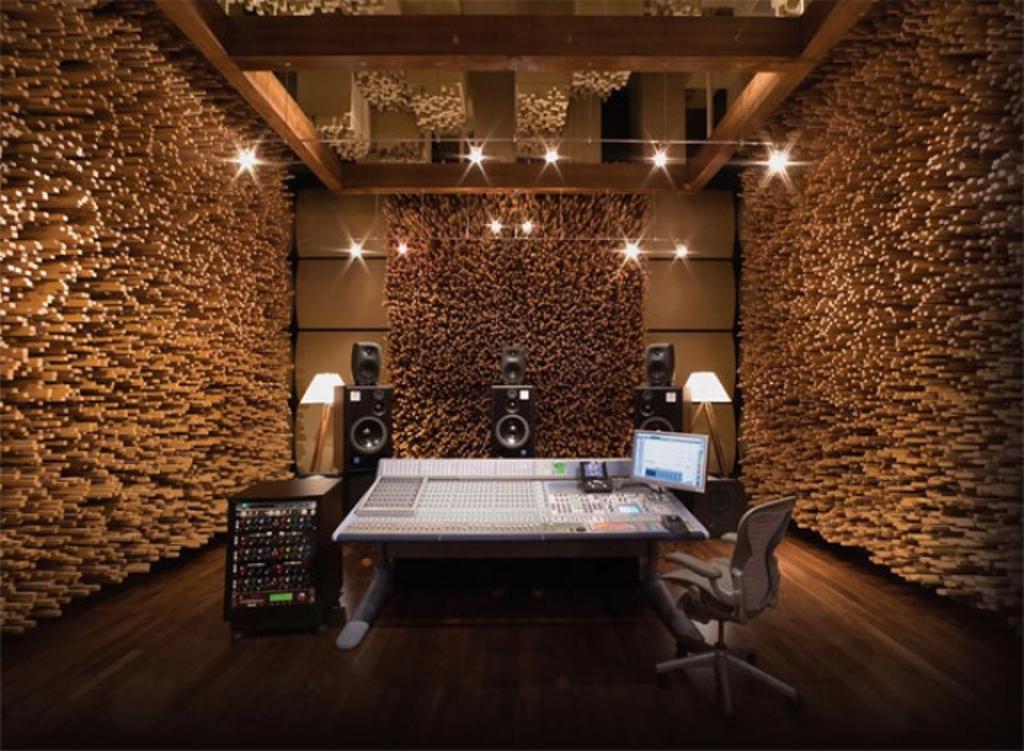 Before you begin your DIY living room acoustics project, it's important to identify the problem areas in your space. Walk around the room and listen for any echoes, reverberations, or muffled sounds. These are common issues that can affect the sound quality in a room. You can also try clapping your hands or playing music and listening for any distortions or uneven sound distribution.
Before you begin your DIY living room acoustics project, it's important to identify the problem areas in your space. Walk around the room and listen for any echoes, reverberations, or muffled sounds. These are common issues that can affect the sound quality in a room. You can also try clapping your hands or playing music and listening for any distortions or uneven sound distribution.
Strategically Placing Furniture
 Believe it or not, the placement of furniture can greatly impact the acoustics in a room. Large, bulky furniture can absorb and block sound, while smaller pieces can create echo. As a general rule, try to keep furniture away from the walls and leave a few feet of space between pieces. This will help to prevent sound from getting trapped or bouncing around the room.
Believe it or not, the placement of furniture can greatly impact the acoustics in a room. Large, bulky furniture can absorb and block sound, while smaller pieces can create echo. As a general rule, try to keep furniture away from the walls and leave a few feet of space between pieces. This will help to prevent sound from getting trapped or bouncing around the room.
Investing in Sound-Absorbing Materials
 Another effective way to improve the acoustics in your living room is by using sound-absorbing materials. This can include everything from area rugs and curtains to wall hangings and acoustic panels. These materials help to reduce echo and absorb sound, resulting in a more balanced and clear audio experience. Plus, they can also add a touch of style and personality to your space.
Another effective way to improve the acoustics in your living room is by using sound-absorbing materials. This can include everything from area rugs and curtains to wall hangings and acoustic panels. These materials help to reduce echo and absorb sound, resulting in a more balanced and clear audio experience. Plus, they can also add a touch of style and personality to your space.
Experimenting with Speaker Placement
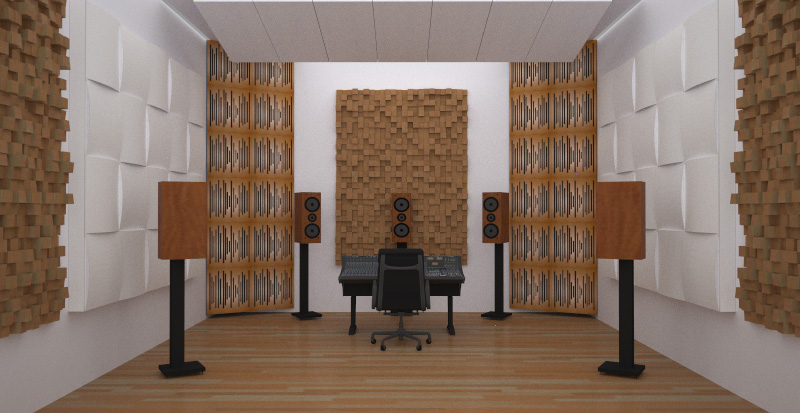 If you have speakers in your living room, their placement can also greatly impact the sound quality. Experiment with different locations to find the best spot for optimal sound. Avoid placing speakers too close to walls or in corners, as this can cause sound to reflect and distort. Instead, try to place them at ear level and at equal distances from where you will be sitting.
If you have speakers in your living room, their placement can also greatly impact the sound quality. Experiment with different locations to find the best spot for optimal sound. Avoid placing speakers too close to walls or in corners, as this can cause sound to reflect and distort. Instead, try to place them at ear level and at equal distances from where you will be sitting.
Conclusion
 By following these DIY living room acoustics tips, you can greatly improve the sound quality in your home without breaking the bank. Remember to always be mindful of the placement of furniture and experiment with sound-absorbing materials and speaker placement to find the perfect balance. With a little bit of effort and creativity, you can create a sound environment that is both functional and aesthetically pleasing in your living room.
By following these DIY living room acoustics tips, you can greatly improve the sound quality in your home without breaking the bank. Remember to always be mindful of the placement of furniture and experiment with sound-absorbing materials and speaker placement to find the perfect balance. With a little bit of effort and creativity, you can create a sound environment that is both functional and aesthetically pleasing in your living room.




























































